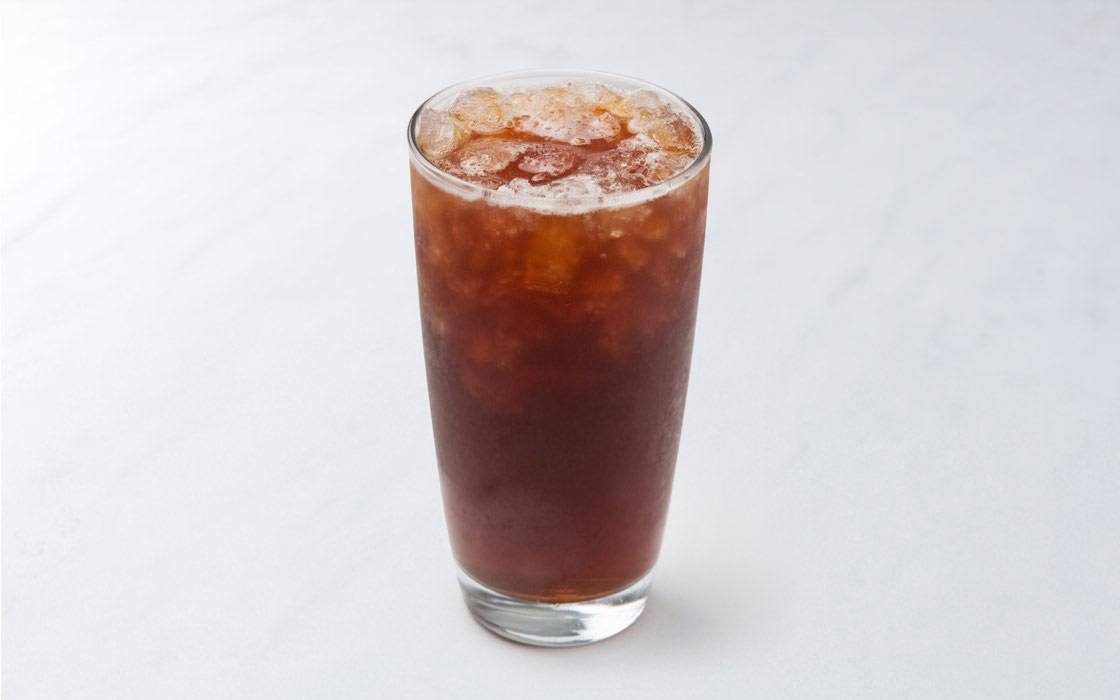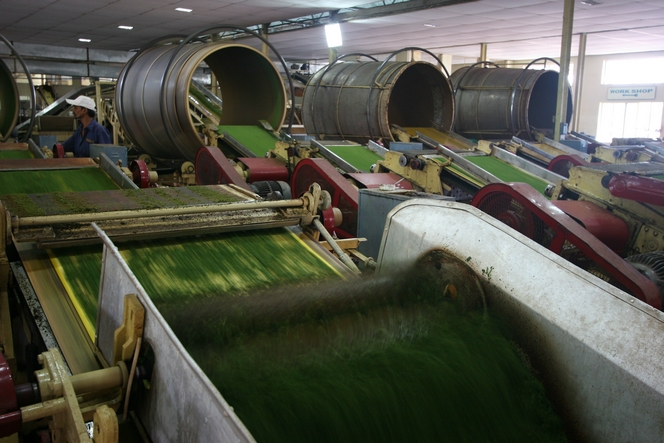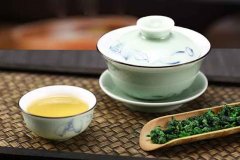How to process black tea the whole process of black tea production process video of fermentation process technology
Kung Fu black tea and some orthodox pieces are much bulkier than the shredded leaves some people are used to. So the idea of "putting a teaspoon of tea in a cup" may not work. You can start with 3 grams per cup.
taste
Contrary to popular belief, not all serious tea drinkers object to sugar and milk in black tea. But most of the time, I drink it straight. A good cup of tea brewed just right does not require sweeteners to be enjoyed.
If the tea quality is not ideal, or brewing strength is too large, need to add sugar, choose a lower taste, such as white sugar or white sugar. Raw sugar or honey tastes a bit strong and does greatly change the taste of the tea, unless that's what you want when making a particular recipe. Another reason for having too much white or brown sugar is that it doesn't leave you with a dry mouth.
If you are using milk or cream, make sure your tea is slightly stronger to compensate for the increased volume and dispersed flavor.
Black tea can be drunk cold, but I wouldn't recommend it. However, some options may turn "milky white" when refrigerated or quickly refrigerated.
It's a natural temporary precipitate, made up of caffeine combined with some flavonoids. Contrary to some views, this is not an indicator of quality, but merely an ionic stage in the formation of matter.

This happens with both bad tea and good tea. Much depends on the type of variety used in production and the quality of the harvest. When the temperature rises, the tea clears, but as it is now, it is perfectly drinkable.
Some people keep tea leaves in the refrigerator with cold water, i.e. cold steeping, to avoid this "creaming" effect. I really don't recommend this method because tea really loses its character. Choose natural decaffeinated black tea instead. In this respect, some of the choices of Fujian blacks are particularly outstanding.
Oolong tea roasted at high temperatures (such as double-roasted Tieguanyin, re-roasted Phoenix Eight Immortals, etc.) and real post-fermented tea are actually more suitable for iced tea than black tea.
Black Tea Buying Tips
The quality and characteristics of Kung Fu Black Tea products vary from manufacturer to manufacturer. Most people break down historical processes into finer steps and mechanize those that don't affect final quality. Producers understand that more careful fermentation will give them more complex aromas and better flavors. Before and after fermentation of some products, the leaves curl more carefully and tightly. Unlike machine-produced products, kungfu black's annual output is relatively low. There are few cans in supermarkets. Mass-market products labeled "kung fu" can sometimes be misleading. See the tea selection reviews on this site.
Black tea production process
As mentioned earlier, black tea was invented to shorten production time and fuel costs to replace oolong tea production. The initial process is divided into the following steps:
withering
rolling
Oxidative fermentation (generally 2 - 3 hours, minority varieties 7 - 8 hours)
Torsion (only applicable to certain varieties)
drying
Compare the process of making oolong tea. Oxidation is accelerated by destroying leaf cells early on and stacking leaves during one-step fermentation.

The British mechanized the whole process, speeding it up even further. Later in the 1930s, they even started cutting and tearing leaves and then simply rolling them up (CTC) to shorten the whole process, greatly reducing quality and cost.
The strategy of lowering prices successfully trained the masses to change the sensitivity of the palace and get used to the taste of CTC. This process was later applied to the processing of other tea categories. Traditional automated production involves whole tea leaves, especially in India, labeled "orthodox" to distinguish them from torn leaves labeled "broken."
Important Notice :
前街咖啡 FrontStreet Coffee has moved to new addredd:
FrontStreet Coffee Address: 315,Donghua East Road,GuangZhou
Tel:020 38364473
- Prev

Black tea history story black tea originated from which country ordinary black tea where produced what
Etymology Thirty years after the first commercial import of 143 pounds of tea, England set up her first tea purchasing office (then known as the Factory) in Canton (now Canton) in 1699. In the same year, John the founder, the Reverend King William III wrote about the various tea options available in England, the first being Wuyi tea for those who were ill, in China or very careful to protect their health, such as
- Next

Which is better to brew black tea with cover bowl or purple sand pot? purple sand cover bowl is suitable for brewing what kind of tea
Gi-w bowl (literally means cover bowl) is probably the most versatile tea set. It can be used as a teapot, a tasting cup, or instead of a teacup. Its best material is porcelain. They have a wide variety of designs and a huge price range, from very affordable mass-produced works of art to unique artist works. It may have been invented as a tool for making tea in the 9th century, but now
Related
- The milk tea cup becomes smaller?! Overlord Tea Girl launches a new "Return to Yunnan" series
- Accused of selling counterfeit and high-priced coffee beans! Well-known boutique coffee brand "Oukelao" bowed and apologized!
- How to make espresso dumplings? Can I eat coffee and glutinous rice balls together?
- Save the unformed and stagnant powder cakes in one second! What is the problem with stagnant water in the powder bowl of the espresso machine?
- What does hand-brewed coffee stop mean? Why is it not recommended to make coffee by hand?
- Is it normal to smell like coffee? Why does coffee smell like alcohol? What's wrong with the strong smell of cold extract ice dripping ice brewed coffee?
- How to solve the problem that hand-brewed coffee extraction takes too long? Why is the water flowing so slowly when making coffee?
- The main points of making Australian white coffee, the proportion details, how does Australian white properly foam and blend the flowers?
- Can ice water make cold extract coffee? What is the difference between room temperature water and ice water for making cold coffee?
- What milk is best for making latte and white Dirty coffee? What is the difference between different brands of fresh milk and pure milk for making coffee?

